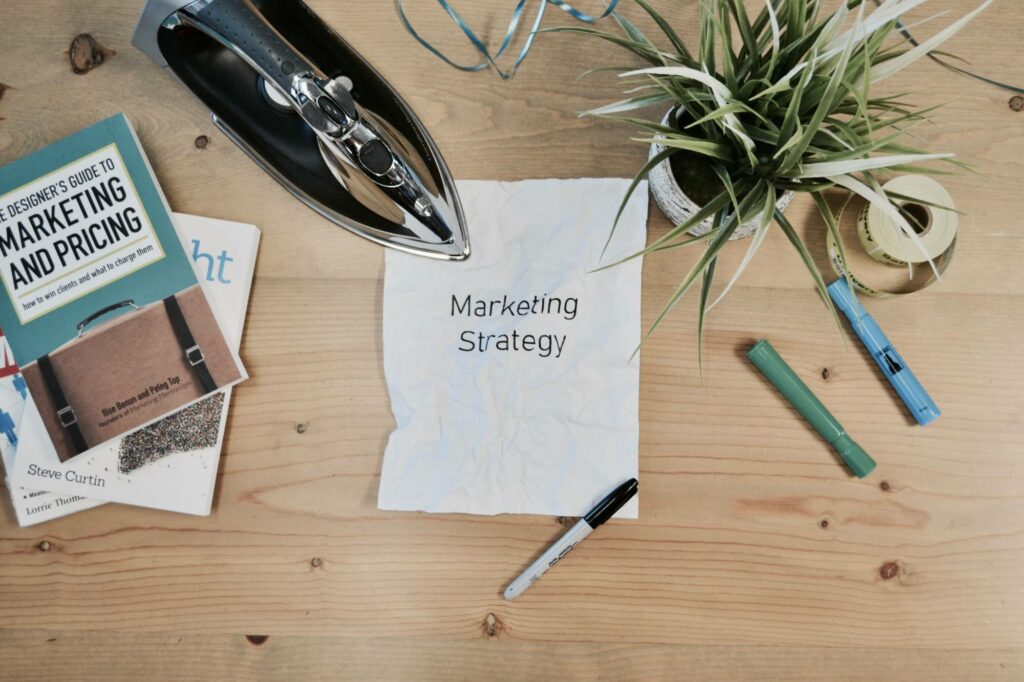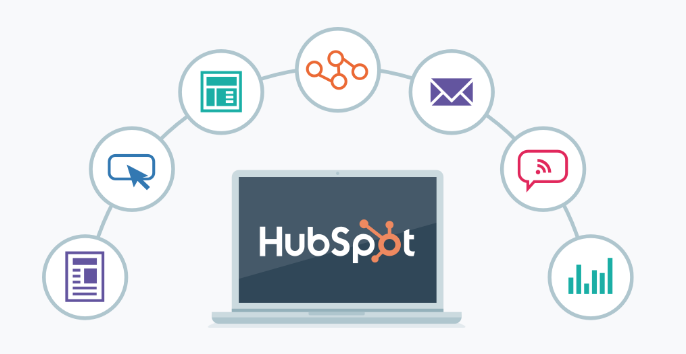A few years ago, traditional marketing featured intrusive advertising techniques, issuing information that users did not request and where the public interest was virtually zero.
With the advent of the internet and the massive use of smartphones, a real revolution began in the world of marketing. Consumers began to be continuously connected, changing this factor their consumption habits. By receiving information on a permanent basis, consumers increasingly demanded customization,forcing Marketing experts to increasingly pursue the goal of creating user experiences tailored not only to each customer, but also to each phase of their Consumer Journey.
This is the moment when it became essential to find new strategies such as Inbound Marketing,in order to attract and please consumers more effectively.
In this article we will discuss what Inbound Marketing is, Inbound Marketing history,the stages of the inbound methodology,and a definitive guide on how to implement Inbound Marketing in a company.
Inbound Marketing is the application of a set of marketing techniques that allow to attract customers in a non-intrusive way through combining attraction marketing actions such as SEO, Content Marketing,and leadgeneration,among others. The goal is to establish an initial contact with the user in the initial phase of their purchase process, gaining their trust to accompany them to the final transaction.
Unlike traditional advertising (through which consumers perceive that the purpose is to achieve sales), through Inbound Marketing companies can bring value to users in a non-intrusive way. Using inbound techniques makes it easier for consumers to approach businesses and businesses.

Therefore, companies must design strategies that accompany users from when they have a need (top of the funnel), during their middle of the funnel, and to the end of the funnel.
The conclusion is that inbound marketing consists in the design of those strategies and actions to accompany the user throughout the process, from the moment we capture him, throughout the information and education process and completing the process with everything to do with sales, known as inbound sales.
The Inbound methodology is the best way to turn strangers into customers of your company. Inbound marketing manages to capture users more naturally,without pressure. It’s an unresoinsive method.
Brian Halligan, Dharmesh Shah and David Meerman developed the inbound marketing methodology in 2004.

In 2005 following the founding of Hubspot (platform for making inbound marketing offering tips, tools, certifications, and tutorials), they officially named the strategy the inbound Marketing name and the publication of the book Inbound Marketing: Get Found Using Google, Social Media and Blogs
The publication of the book Inbound Marketing: Get Found Using Google, Social Media and Blogs meant a launch for the implementation of this new way of understanding marketing.
David Meerman Scott, for his side, published The New Rules of Marketing and PR,exposing how marketing and public relations have evolved on the Internet over the past decade.
In addition to Brian Halligan’s important role, Dharmesh Shah and David Meerman Scott, the digital revolution and ICT evolution, they play a role equal to or more importantly than that of their creators.
Initially the internet was just an exhibitor where companies could present who they are and their products or services.
But with the advent of forums,users began to express their opinions and ask other consumers about products and services. With the forums, information began to be democratized and companies lost full control of the information users obtained about their products and services.
In parallel to the forums, the appearance of blogs allowed any user to compare products and brands, offering their personal opinion to audiences of all audiences, since the advent of blogs, the influence of blogger users in different areas of the economy has not stopped growing. On the other hand, social networks,where users can freely share their experiences with companies, played an important role in making Inbound Marketing an essential methodology.
Search engines, forums, blogs and RRSS were the beginning of a process of market transparency that continues to grow and that has favored that since its creation, the Inbound methodology has not stopped evolving.
Market transparency has a strong impact in the field of marketing and user purchasing processes.
The first stages of the purchase decision process are mostly done through searches through Google, Youtube and even Instagram and LinkedIn, among others. And many of the purchase processes also end online, as would be the case of a transaction and purchase completed in an e-commerce.
Getting content of a different nature at different times is the key to success. Informational content is needed in the awareness or awareness phase, and when it comes to decision and purchase, what is needed are promotional and transactional content, such as offers and discounts.
Thanks to ICT, companies can arrive at the right time in the process of buying a customer, with the information they need, at that very moment.
So let’s start by defining the phases.
The inbound methodology is based on the phases that correspond to the stages of the user purchase process.
During this phase, companies must demonstrate to their prospects that they can solve all their problems. The goal is to direct the user to a website with useful information to know and understand their need.
Companies must design attraction strategies that are articulated around the created content that is published on the web, blog, social networks and also on other portals. This content is consumed by users, who share it and end up generating more traffic.
This phase consists of carrying out all those actions and tactics to convert the visits that a website receives into records for the company database.
To get the user’s data, you are offered relevant content that you can download in exchange for filling out a form. The formats that are usually used for the creation of content so ebooks, videos, webinars and checklists, among others.
The previous phase of conversion will allow companies to send users useful information at each stage of their purchasing process. In order to do so, companies use marketing automation techniques such as lead scoring and lead nurturing. In addition to automation strategies, retargeting strategies and web content customization can also be applied.
Thanks to cookies we can track what the user has visited, which allows us to guide the type of content, offers and actions that are delivered to each user who visits our website ensuring that it finds content that favors progressing in its purchase process.
Once you’ve got customers, you need to keep them and keep them satisfied, provide them with useful and interesting information, and turn your customers into prescribers, and sales into recommendations.
The goal of inbound marketing is not only to get end customers, it also focuses on:
Getting inbound sales consists of
The person buyer is a fundamental part of your Inbound Marketing strategy, so you need to give a detailed description of your company’s potential customers.
As we’ve seen before, depending on the phase of the purchase cycle they’re in, users and leads have different needs.
The funnel will tell you what each user needs to advance stages and become an end customer and then make him an ambassador for your brand through loyalty strategies.
For you to get users moving through funnel, you must attract quality traffic by:
Depending on the phase of the purchase cycle in which users are located, business opportunities should be managed depending on the customer’s needs. Never forget that not all leads are the same.
As you can see, Inbound Marketing is a strategy that treats users and potential customers as people, and for this reason the business relationships that companies establish with them are of higher quality and more enduring over time.
At the conclusion of this article, we would summarize the answer to the question What is Inbound Marketing? with the following statement:
Inbound Marketing involves understanding, guiding and helping your potential customer in their purchase process from the moment they detect their need and look for information related to a product or service.
If you want to have the website you want or increase the online visibility of your brand, we know how to do it.
Shall we start today?
Leave a Reply